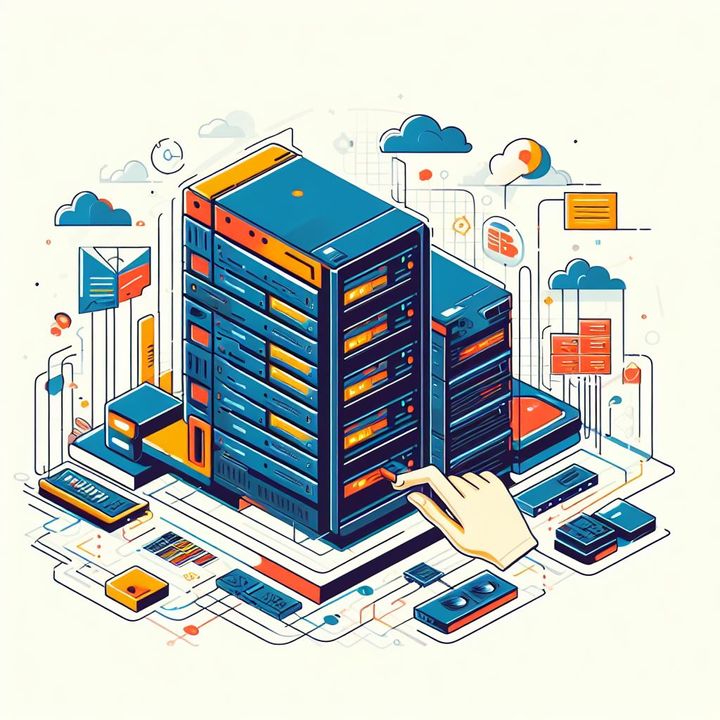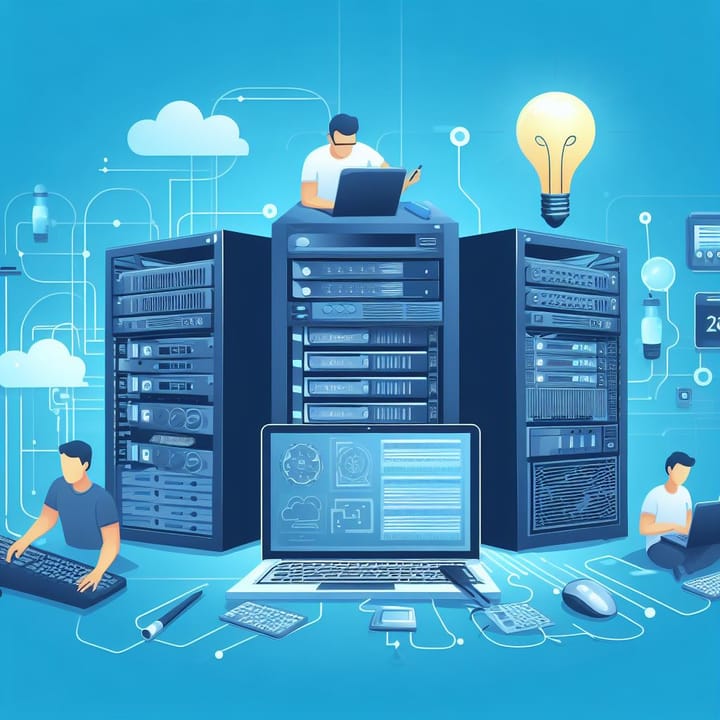Understanding the Benefits of Remote Management and KVM Over IP on Dedicated Servers

Remote management and KVM over IP (Keyboard, Video, Mouse over Internet Protocol) are essential tools for efficiently managing dedicated servers, especially in situations where physical access to the server may not be readily available. Let's break down the benefits of each:
Remote Management:
- Accessibility: Allows administrators to access and manage servers from anywhere in the world as long as they have an internet connection. This is crucial for troubleshooting and maintenance, especially for servers located in remote or hard-to-reach locations.
- Reduced Downtime: Enables rapid response to issues, minimizing downtime. Administrators can quickly diagnose and resolve problems without the need for on-site presence.
- Cost-Effectiveness: Reduces the need for on-site IT staff or expensive travel for maintenance and troubleshooting. This can lead to cost savings in terms of both time and resources.
- Security: Provides a secure way to access and manage servers remotely. Encryption protocols ensure that data transmission is secure, protecting sensitive information.
- Multi-Platform Support: Works across various operating systems and hardware configurations, making it versatile for managing a diverse server environment.
KVM over IP:
- Full Control: Allows administrators to have complete control over the server's keyboard, video, and mouse functions. This is particularly useful during the boot process, BIOS configuration, and troubleshooting scenarios where direct interaction is necessary.
- BIOS-Level Access: Provides access to the server's BIOS, allowing for configuration changes and diagnostics that are not possible through software alone.
- Console Redirection: Allows administrators to view the server's console output as if they were physically present. This is invaluable for tasks that require interaction at the system level.
- Virtual Media Support: Enables the mounting of local ISO files as virtual media. This allows for tasks like OS installations and system recovery without the need for physical media.
- Power Management: In some cases, KVM over IP solutions also offer power management capabilities, allowing for remote power cycling of the server.
- No Operating System Dependency: KVM over IP functions at a hardware level, meaning it is independent of the server's operating system. This makes it useful even when the OS is unresponsive or not yet installed.
Combining Remote Management with KVM over IP:
When combined, remote management and KVM over IP provide a comprehensive solution for efficiently managing dedicated servers. This combination allows administrators to:
- Remotely Access and Control Servers: From initial setup to day-to-day management tasks, administrators can perform all necessary functions without being physically present.
- Perform Critical Maintenance and Troubleshooting: This can be done without the need for on-site intervention, saving time and resources.
- Enhance Security: By ensuring that sensitive tasks can be carried out securely and remotely.
- Minimize Downtime: Quick response to issues leads to reduced downtime and improved overall server availability.
Overall, these tools are indispensable for modern server management, providing the flexibility and control needed in today's distributed computing environments.



